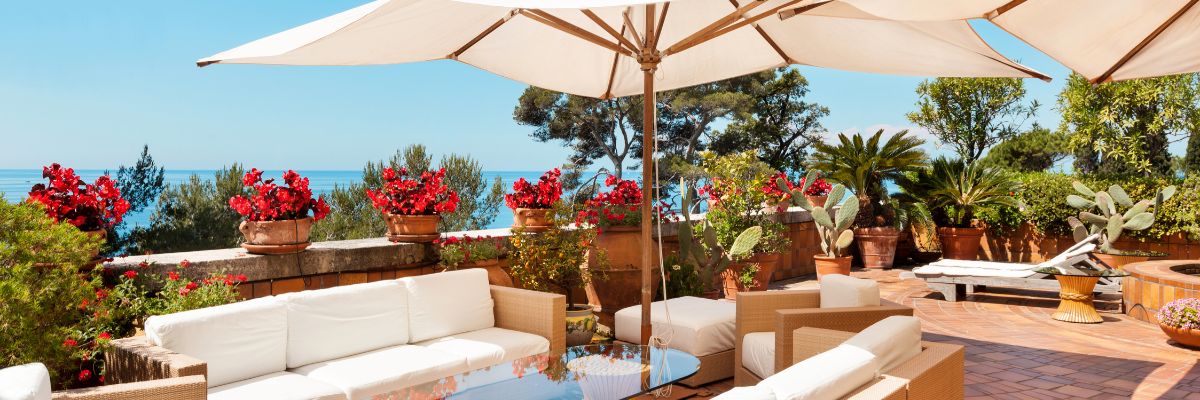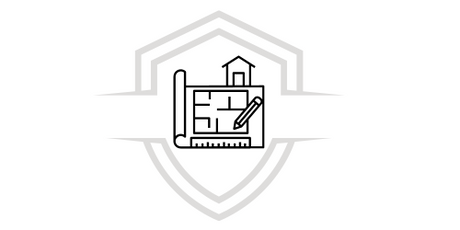Introduction to the design of terraces and small gardens
Terrace and small home garden design is a skill that combines creativity, technical knowledge, and a deep understanding of the natural environment. This field not only beautifies outdoor spaces, but also optimizes their functionality and harmony with the surroundings. If you have ever dreamed of becoming an expert in the design of outdoor spaces, you are in the right place. In this article, we will explore in detail the skills and knowledge required to excel in terrace and small home garden design .
The Importance of Design in Outdoor Spaces
Why is Design Essential?
The design of terraces and domestic gardens is not just a matter of aesthetics. A good project can transform a small space into an oasis of tranquility or a functional place for entertaining. In addition, a well-executed project can significantly increase the value of a property. The key is to make the most of every square centimeter, taking into account factors such as natural light, air flow and local vegetation.

Factors to Consider in Design
When tackling a project to create terraces or small gardens, it is crucial to consider several factors. These include:
- Available Space: Every design project begins with a space assessment. The dimensions, shape, and topography of the area will determine the possibilities and limitations in the project.
- Local Climate and Vegetation: Knowing the climate and vegetation is essential to choosing plants that will thrive in the specific environment.
- Use of Space: Will it be a place of rest, an area for entertainment, or a productive garden? Purpose will influence all project decisions.
Advanced Techniques in Terrace Design
Creation of Functional Zones
One of the keys to successful terrace and small garden design is the creation of functional zones. This involves dividing the space into areas dedicated to different activities, such as a relaxation corner, an outdoor dining area, or a small vegetable patch. By using different materials, such as wood, stone or grass, each zone can be clearly defined, adding depth and character.
Integration of Plants and Vegetation
Plants are at the heart of any garden or terrace creation. Choosing the right plants is essential to ensure that the space remains vibrant and attractive throughout the year. It is advisable to opt for a combination of perennials and seasonal plants, as well as including miniature shrubs and trees to add height and variety to the design.
Use of Furniture and Accessories
Furniture is another crucial aspect of terrace and garden design. The choice of furniture should complement the style of the sketch and be resistant to weather conditions. In addition, accessories such as cushions, flower pots and decorative lights can add touches of colour and personality to the space, making it more welcoming and functional.
Sustainable Design in Home Gardens
Implementation of Ecological Practices
Sustainable design is a growing trend in terrace and garden projects. It involves using eco-friendly practices, such as harvesting rainwater, selecting native plants that require less water, and utilizing recycled materials. These practices are not only beneficial to the environment, but can also reduce maintenance costs in the long run.
Vertical Gardens and Green Roofs
In urban areas where space is limited, vertical gardens and green roofs are innovative design solutions. These elements not only optimize the use of space, but also help improve air quality and reduce temperature in densely populated areas. Integrating these solutions into the creation of a terrace or garden can transform an ordinary space into an example of urban sustainability.

Professional Development in Terrace and Garden Design
Training and Education
To become an expert in terrace and small home garden design, it is crucial to invest in continuing education and training. There are numerous courses and certification programs that teach everything from the fundamentals of landscaping to advanced sustainable design techniques. Additionally, staying up to date with the latest trends and technologies in design is essential to delivering innovative and effective solutions.
Design Tools and Software
Using specialized tools and software is an integral part of modern design. Programs like AutoCAD, SketchUp, and Revit allow designers to create detailed plans and 3D visualizations that help clients better understand the project before it is executed. Mastering these tools is a valuable skill for any outdoor professional.

Design Conclusion
The design of terraces and small domestic gardens is a discipline that combines art and science. Becoming an expert in this field requires a deep understanding of design principles, as well as a passion for nature and creativity. With the right training, the use of specialized tools, and a sustainable approach, it is possible to transform any outdoor space into a place of beauty and functionality.
For those interested in delving deeper into this exciting field, we invite you to explore the specialized courses in garden and terrace creation offered by g-talent.net. Become an expert and take your skills to the next level. Enroll today and begin your journey to success in outdoor space design !














